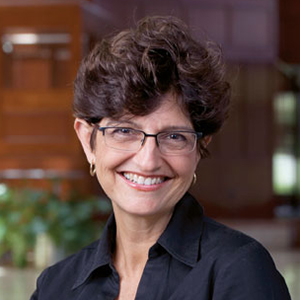The “voice” of verbs (active or passive) is different than the “tense” of verbs. Tense defines action within time, when the verb happens. Voice defines the relationship between subject and verb, who does what.
Active, passive and “to be” verbs have different effects for the reader or listener. The best writers choose between active and passive to powerful effect.
Here’s how verb voices can be used:
- Active verbs move the action and reveal the actors.
- Passive verbs emphasize the receiver, the victim.
- The verb “to be” links words and ideas.
Taken from The Writer’s Workbench: 50 Tools You Can Use, a self-directed course by Roy Peter Clark at Poynter NewsU.
Have you missed a Coffee Break Course? Here’s our complete lineup.







